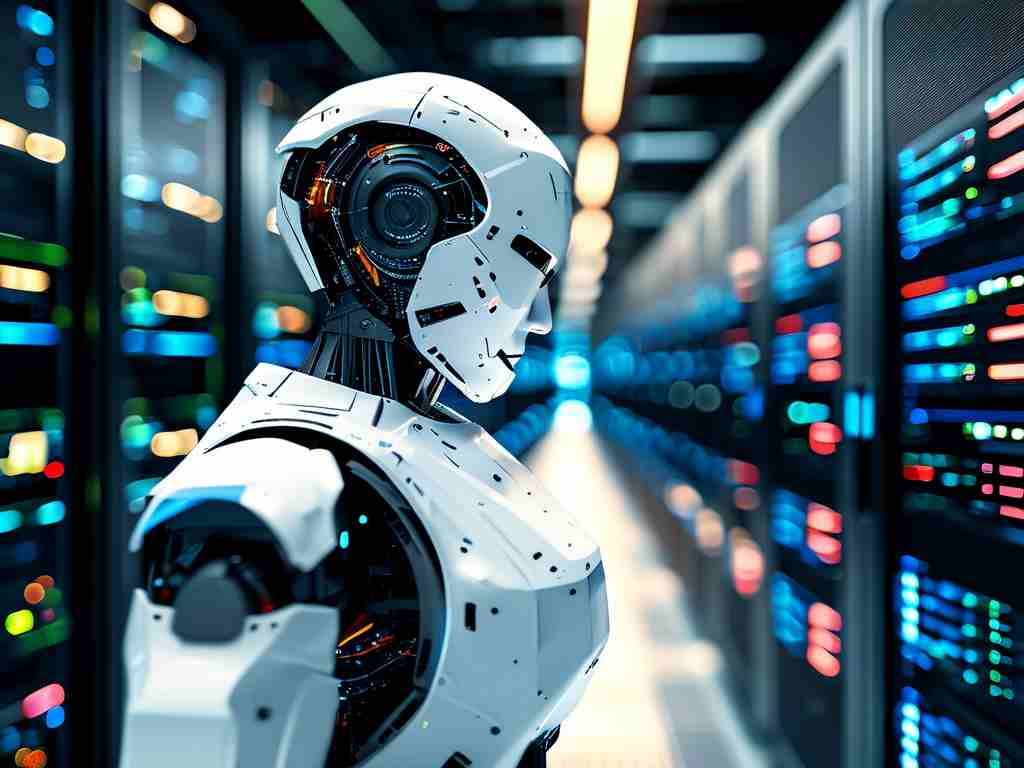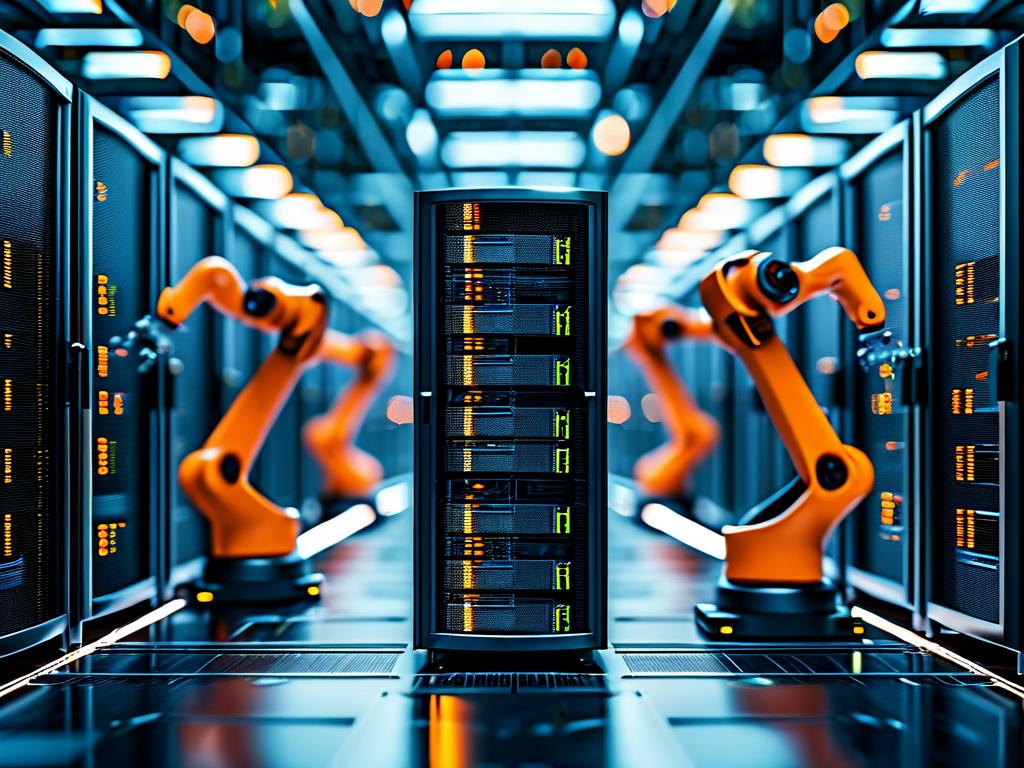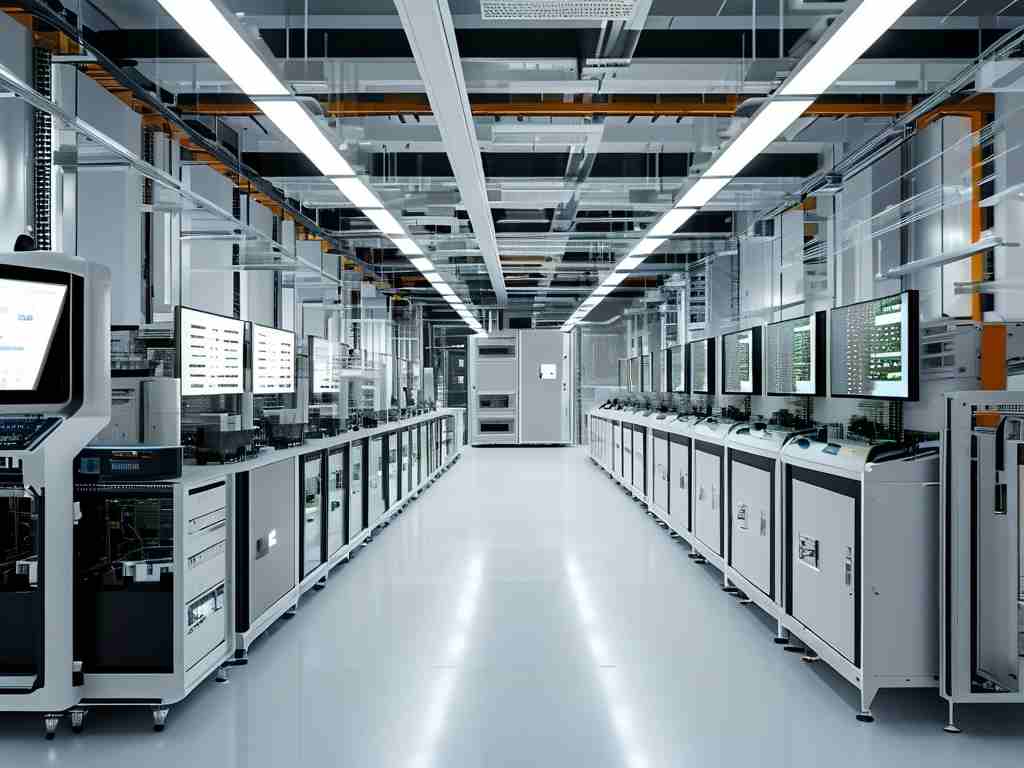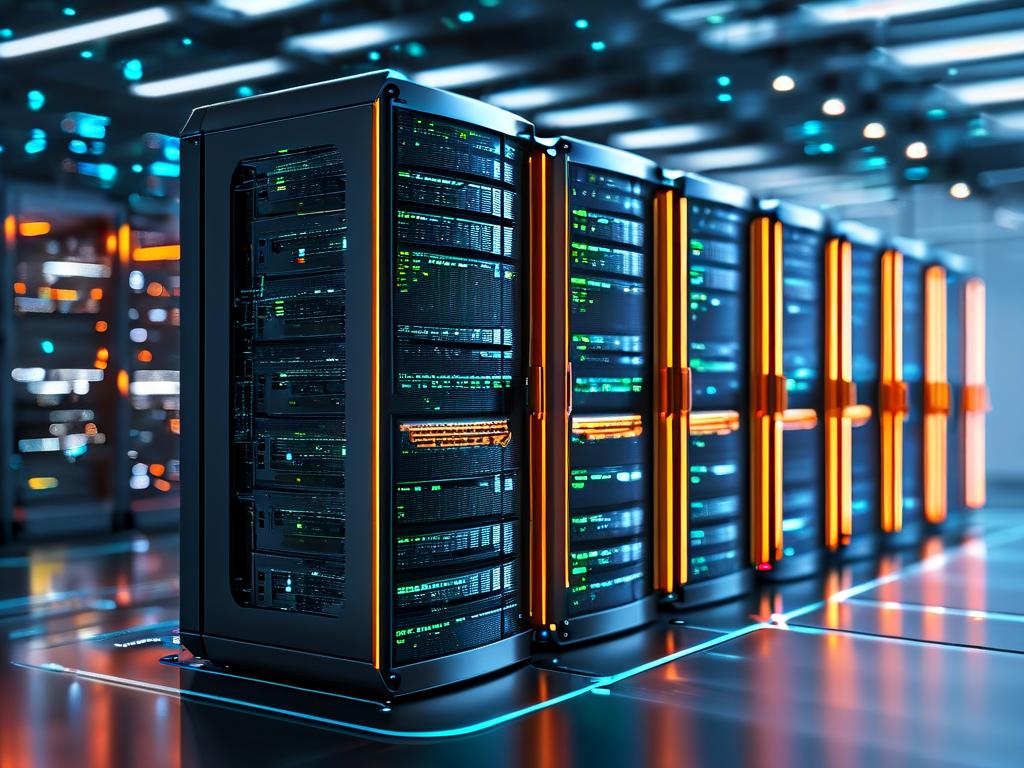The advent of supermarket checkout robot technology marks a revolutionary shift in the retail landscape, transforming how consumers complete their purchases with unprecedented speed and efficiency. These advanced systems leverage artificial intelligence, computer vision, and robotic mechanics to automate the entire checkout process, eliminating the need for human cashiers and reducing long queues that often plague busy stores. As retailers worldwide embrace this innovation, it promises to enhance customer satisfaction while driving down operational costs, though it also raises important questions about workforce displacement and technical reliability.
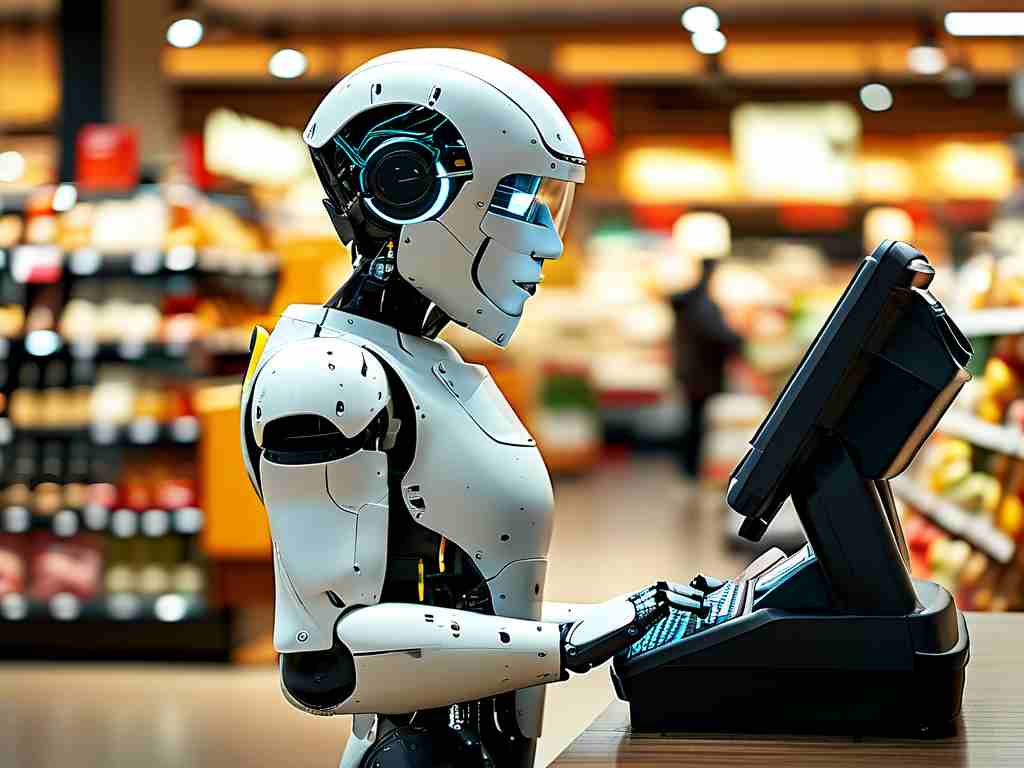
At its core, supermarket checkout robot technology integrates multiple cutting-edge components to function seamlessly. For instance, AI algorithms analyze real-time data from sensors and cameras to identify items as they are placed on a conveyor belt or scanned by robotic arms. This process involves complex machine learning models that can recognize thousands of products, even accounting for variations in packaging or orientation. Additionally, the technology employs secure payment gateways, allowing customers to pay via mobile apps or contactless methods without human intervention. A simple code snippet illustrates the basic recognition logic: def identify_item(image_data): return AI_model.predict(image_data). Such automation not only speeds up transactions but also minimizes errors, ensuring accurate billing and inventory management.
The benefits of this technology are manifold and extend beyond mere convenience. By automating checkout tasks, supermarkets can operate with fewer staff, leading to significant cost savings on labor expenses. This efficiency translates to shorter wait times for shoppers, who can breeze through purchases in minutes rather than enduring frustrating delays. Moreover, the data collected from these systems provides valuable insights into consumer behavior, enabling retailers to optimize store layouts and promotions. For example, during peak hours, a fully automated checkout lane can handle twice the volume of a traditional one, boosting overall store throughput and revenue. Studies show that early adopters have reported up to a 30% increase in customer retention due to improved experiences, highlighting how this tech fosters loyalty in competitive markets.
However, the implementation of checkout robots is not without its challenges. Technical glitches, such as sensor malfunctions or AI misinterpretations, can disrupt operations and lead to customer dissatisfaction. Security concerns also loom large, as automated systems must safeguard sensitive payment information against cyber threats. On a societal level, the displacement of human cashiers raises ethical dilemmas, potentially exacerbating unemployment in communities reliant on retail jobs. Retailers must navigate these issues by investing in robust backup systems, cybersecurity protocols, and retraining programs for affected workers. Despite these hurdles, ongoing advancements in robotics and AI are steadily addressing reliability gaps, making the technology more resilient and user-friendly over time.
Looking ahead, the future of supermarket checkout robot technology appears bright, with trends pointing toward even greater integration and innovation. Emerging developments include the use of augmented reality for interactive shopping assistance and blockchain for enhanced transaction security. As these systems evolve, they could expand into other retail sectors, such as convenience stores or online fulfillment centers, creating a more interconnected and efficient global supply chain. Ultimately, this technology represents not just a tool for automation but a catalyst for redefining retail experiences, balancing progress with responsible adoption to benefit both businesses and consumers.
In , supermarket checkout robot technology is reshaping the industry by delivering tangible efficiencies while prompting critical discussions about its broader impacts. As retailers continue to refine and deploy these systems, the focus must remain on achieving a harmonious blend of innovation, security, and social responsibility. This evolution promises a future where shopping is faster, smarter, and more enjoyable, underscoring the transformative power of automation in everyday life.




